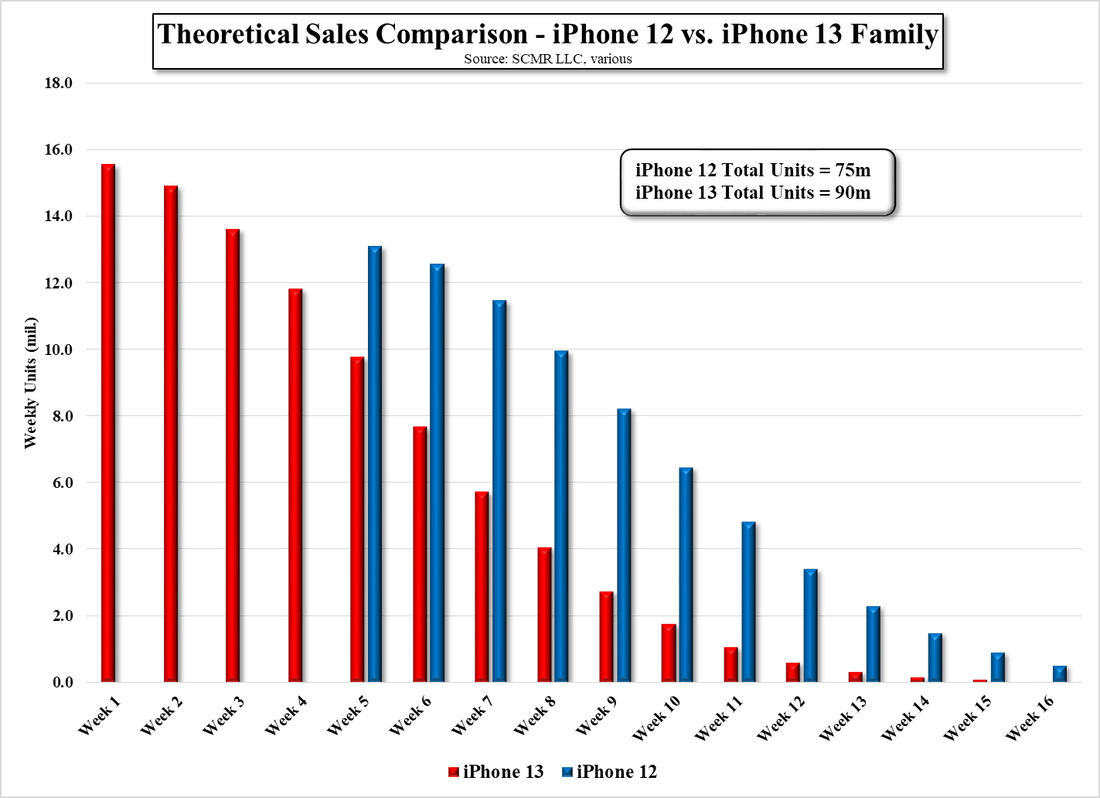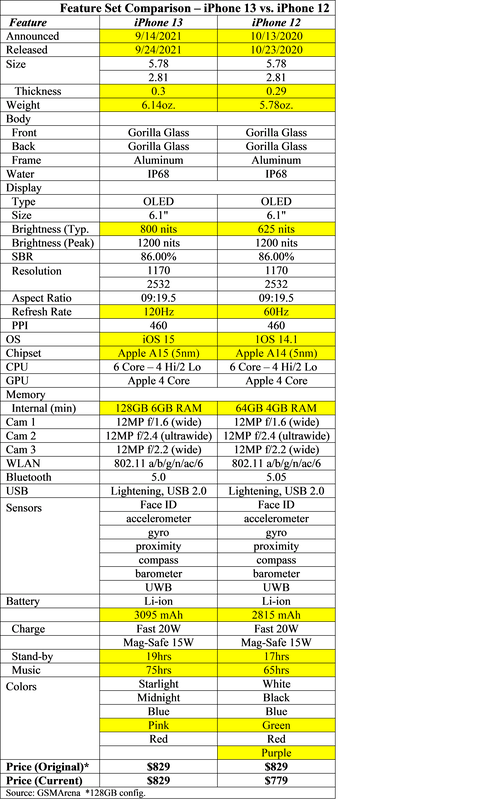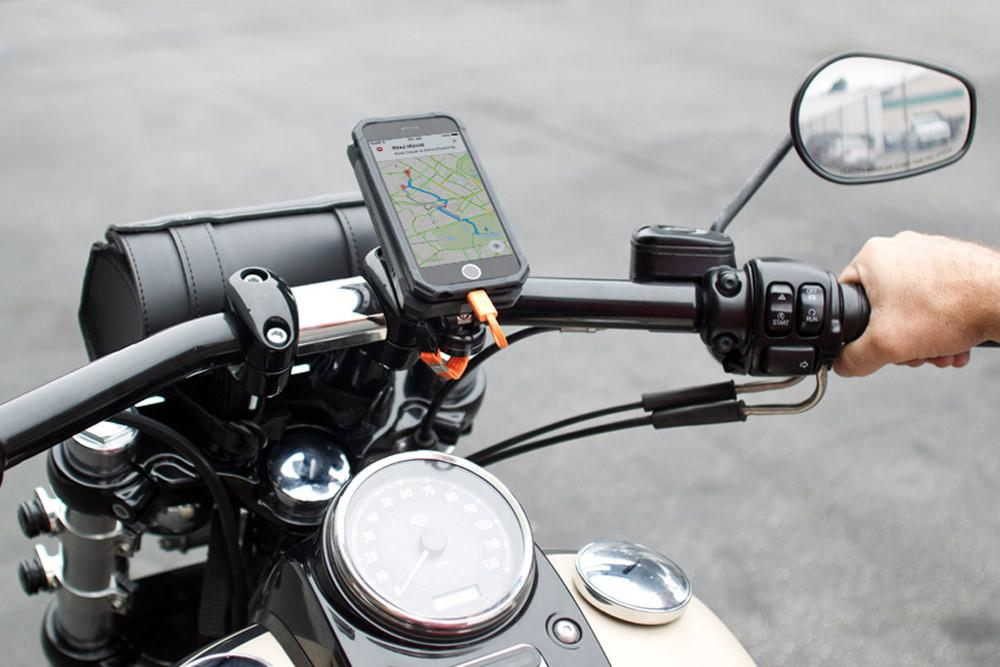Walking the Tightrope
Apple and SDC have a number of development projects, one of which is to develop a 10.86” OLED iPad for release next year. However recent information out of Korea has indicated that the project has been cancelled due to a technology conflict between the two. Samsung’s typical OLED structure is a single RGB stack, while Apple is convinced that such an arrangement would not produce a bright enough display. They propose a double stack structure that is essentially two sets of OLED materials on top of each other, with Apple’s contention that the single stack structure would not be bright enough, a relatively common complaint about OLED displays, and that it would extend the display’s lifetime given the use profile for tablets.
SDC seems to have been convinced that such a product, and the changes it would have to make to its production line, would not be profitable for SDC based on its cost estimates and the expectations for potential panel sales to Apple. Further Apple is expecting to produce two different OLED iPads, one with LTPS backplanes and one with LTPO, which would mean that SDC would have to change processes on both the OLED line (single stack to double stack) and on the backplane line where it would have to either dedicate one line to LTPS and one to LTPO or switch during production. Based on the cost analysis for such a product and the yield SDC has been able to get on the production of 10.86” OLED panels, it looks like the project has been cancelled.
Whether this means that Apple will wait an additional year or two until LG Display (LPL) is able to bring production levels up to meet Apple’s goals is an open question. LG Display uses a two stack structure for its automotive OLED displays but has only low volume capabilities currently. If LGD is willing to expand capacity for IT panels using a tandem structure, there is the possibility that Apple might see a way to release two OLED iPads in 2023, but LGD has to make the same profitability calculations that SDC has made and while they might be more adept at the tandem OLED structure than SDC, they would have to get some more substantial reassurances (such as expansion financing) from Apple before they go further…
















 RSS Feed
RSS Feed